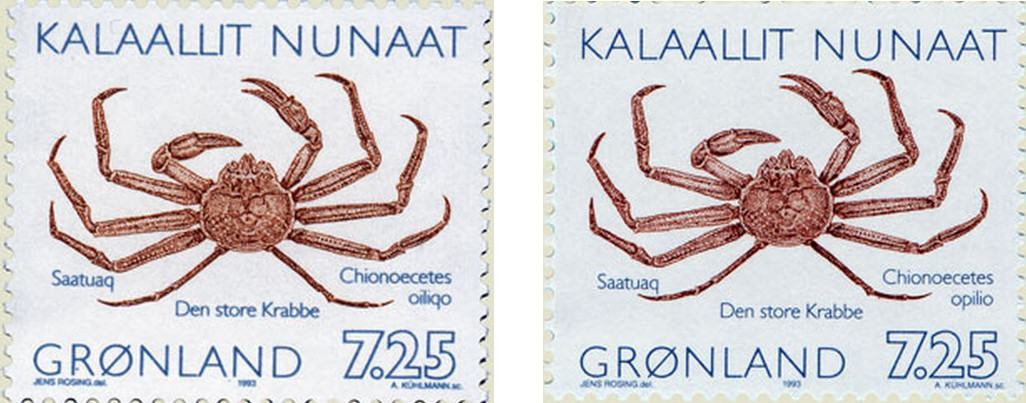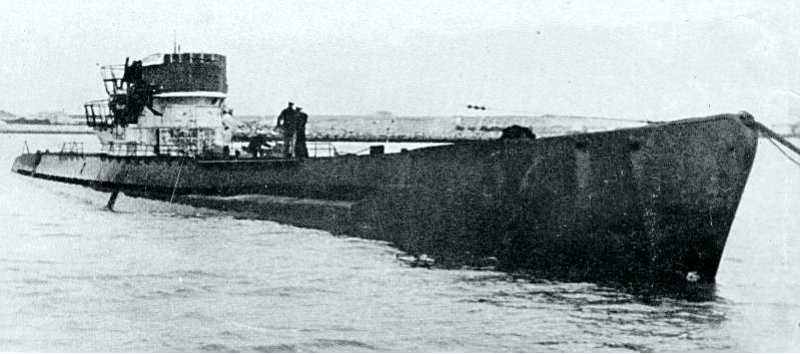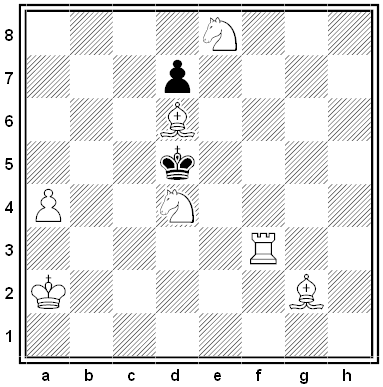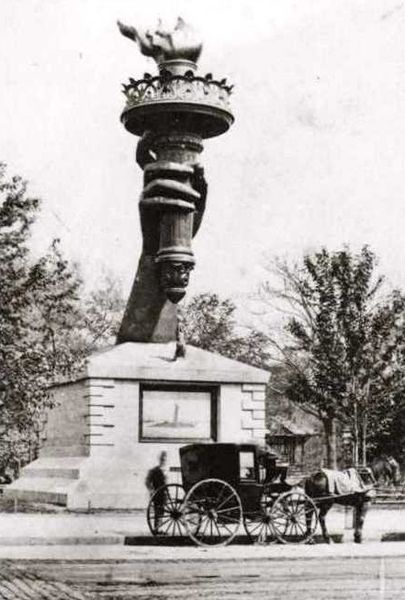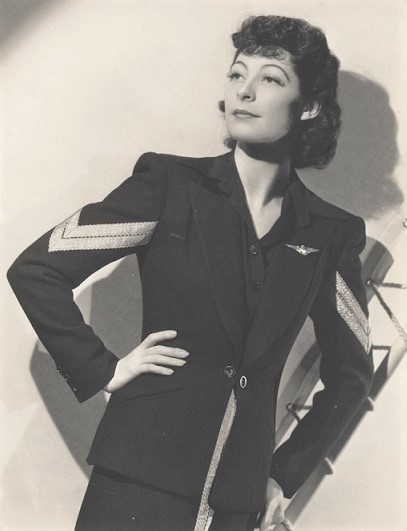In 1993, Greenland issued a 7.25-krone stamp depicting a locally fished crab that it labeled Chionoecetes oiliqo. The stamps were issued first in sheet form, but when they were reissued five months later in an eight-stamp booklet pane, collectors noticed something odd: The crabs’ Latin name had changed to Chionoecetes opilio.
What had happened? It turns out that the second name is correct; apparently during production the species name opilio had been mirror-reversed by accident. By a very unlikely coincidence, in the sans-serif typeface used all of its letters reversed into valid counterparts, producing a meaningless word that looked plausibly Latin and got past the inspectors.
The original stamps are now collectors’ items.
(Jim Puder, “OILIQO, The Looking-Glass Crab,” Word Ways 36:4 [November 2003], 243-246.)

